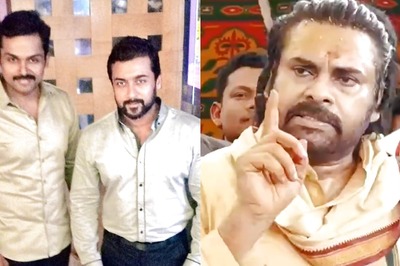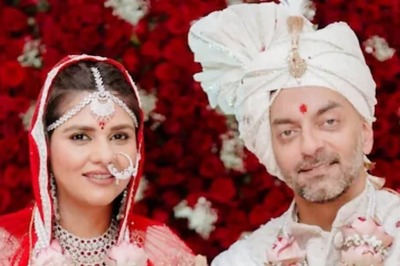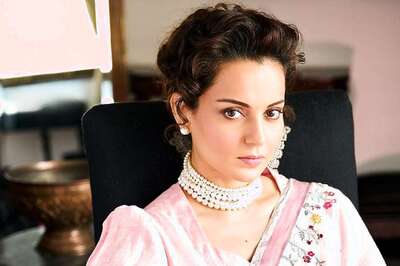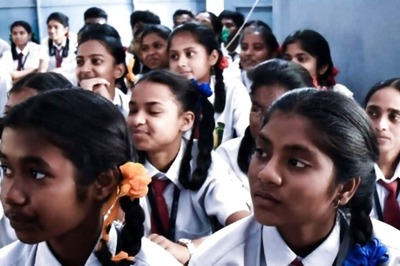
views
Tom Miranda reclines on an armchair in the verandah of his house at Kannammoola, flipping the pages of the newspaper, scrutinising the reports in detail. Eighty four-year-old Tom, a retired army Captain, doesn’t need spectacles to read the scrawny print. But he wasn’t always like this. Until 6 months back, despite owning a thick soda glass spectacles, the world around him was blurred and smudged.
A surgery worked a wonder.
Approximately 8.9 million people are visually challenged in India and of these 5.12 million cases are attributed to cataract.
A painless surgery spanning a few minutes is all that it takes to get rid of this trouble. Then what is it that stands in the way when it comes to bridging the gap between darkness and vision?
“Cataract is common mostly in people above 50 years, and such people cannot make it on their own to the hospital. They have to depend on their children. I think bystanders are the major issue. You don’t even have to get the patient admitted, it is just a matter of four visits and an hour-long surgery after which the patient can immediately be taken back home,” says Dr Devin Prabhakar, Divya Prabha Eye Hospital, Kumarapuram.
The lavender-painted hospital is flooded with patients. With her hair tied up into a knot on the crown of her head, Sarasu, an employee of the hospital, juggles various petty tasks.
“I almost lost vision after a stone particle damaged my cornea and by then my family disowned me. It was then that I got a surgery done and my vision was restored for free,” she says, her eyes brimming and voice shuddering as she narrates.
Rashtriya Swastiya Bhima Yojna allows all BPL card holders to avail free surgeries and treatments upto Rs 30,000 per annum.
“There are 28 lakh smart card (RSBY) holders in Kerala and they have the option to get their eye surgeries done free of cost,” says P Sukumar, Director of CHIAK (Comprehensive Health Insurance Agency of Kerala)
Losing eye sight can be confusing and devastating. Fear creeps in and paranoia is another reason why some shrug their shoulders at the mention of a surgery. Dr Devin recalls how once a blind woman who was brought by her daughter-in-law for an eye surgery kept screaming, convinced that she was brought there to be killed.
Sixty two-year-old Bhaskaran P is another typical case in point. Ironically, he works as a watchman and suffers from diminishing eye sight. His eyes water when he reads or watches TV, but he hasn’t yet visited an eye hospital.
On asking him why, he brings his finger close to my eyes as if to poke at them, “You get scared when I do this, right? Then how will I let them operate on my eyes! What if I go blind after that?” he asks.
“Cataract surgeries are mostly successful. Very rarely, there might be a need for an after-cataract surgery, in which, laser treatment is used to remove the hazy posterior capsule from your line of sight. This isn’t risky either,” Dr Devin adds.
In a year, around 6000 major eye surgeries are done in the Government Eye Hospital.
Ask P S Girija Devi, director of the hospital about the success rate and she says, “Almost 98 per cent of the surgeries are successful but it differs from case to case.”
Cataract is common and age has little to do with it. If you are finding it hard to read this article or if you know that your parents are finding it exhausting to read or to focus, then make your way to an eye clinic soon. It’s only a matter of a few hours and the result is sure to be rewarding.




















Comments
0 comment